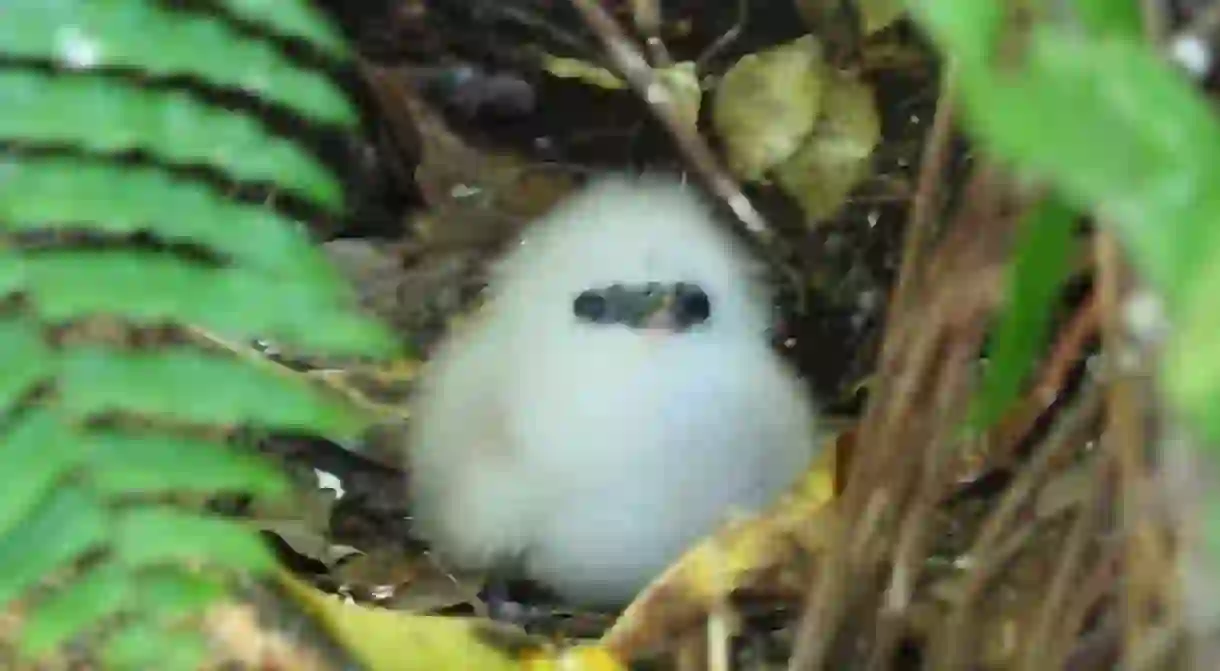How Seychelles Locals Are Preserving the Environment

Tourists come flocking to the Seychelles to enjoy the pristine white beaches, stunning marine life, and the many endemic plants and animals who call the islands home. Locals here are making huge efforts to ensure that Seychelles remains pristine for future generations to enjoy too, and with an exclusive economic zone of around 1.3 million kilometers squared, there is plenty of work to do. Read on to discover just how the environment is being preserved in Seychelles.
On Land
Over 50% of Seychelles’ land is in protected areas. There are eight national parks and special reserves on land in Seychelles.
The largest national park in the country is Morne Seychellois National Park, which covers more than 20% of the largest island, Mahe. It boasts 12 fantastic hiking trails, and visiting is a great way to see many of the indigenous flora and fauna of Seychelles.
Vallee de Mai, on Praslin Island, is open to the public seven days a week from 8:30 a.m. – 4:30 p.m. and is managed by the Seychelles Islands Foundation (SIF). Home to the world famous endemic Coco de Mer and Seychelles Black Parrots, it is also a UNESCO world heritage site.
The Veuve Reserve on La Digue Island was set up in 1982 in order to help preserve and protect the rare Seychelles Black Paradise Flycatcher and is open to the public Monday through Friday from 8:00 a.m. – 4:00 p.m.
Cousin Island Special Reserve is the most important breeding site of Hawksbill Turtles in the Western Indian Ocean as well as the nesting site to many sea birds. It’s managed by Nature Seychelles. Hawksbill turtle nesting happens between September and March, so visit between November and January for your best chance of seeing this. Seychelles is one of the only places in the world where Hawksbill turtles nest during the day time so this is one of your best opportunities. The island has wardens who monitor the nesting and tag turtles for research and recovery programs for Seychelles Warblers and Magpie Robins

Aride Island is the largest reserve in Seychelles. It’s home to many important species of seabirds and has one of the densest populations of reptiles in the world. Managed by Island Conservation Society (ICS), the island was once owned by the Cadbury family, who handed the island over for environmental protection.
The other UNESCO world heritage site in Seychelles is the Aldabra Atoll Special Reserve. It was described by Sir David Attenborough as “one of the wonders of the world.” Managed by the Seychelles Island Foundation, it’s home to the largest population of Aldabra Giant Tortoises, as well as a whole host of other land and marine life.
D’Arros and St. Joseph Special Reserve is an island group in the outer islands, preserved for their unique biodiversity.
Recif Special Reserve is a tiny island just off of Mahe island that covers just 13.2 hectares. It’s an important nesting site for many ground nesting seabirds, such as the fairy tern, brown noddies, and wedge-tailed shearwaters.
In the Ocean
The aim is that by 2021, 30% of the waters in Seychelles Exclusive Economic Zone will be protected areas. This is part of the Government initiative to maximise Seychelles’ “Blue Economy”. Currently, there are six marine parks in Seychelles. Fishing is not allowed in these zones to help ensure they remain pristine. They are managed by the Seychelles National Parks authority. There are designated areas allowed for mooring boats to help ensure that no damage is done to the surrounding reefs.
St Anne Marine Park was the first in the western Indian Ocean and encompasses six small islands, including Cerf Island and Moyenne, which are accessible to tourists. Baie Ternay is a small but beautiful marine park very popular for snorkeling and scuba diving. Curieuse is an important nesting site for Hawksbill Turtles and home to many bright tropical reef fish, including a large parrot fish population. The island makes a great place for a day trip. Port Launay is very sheltered and another fantastic spot for snorkelling. It’s the only marine park that is accessible by foot as well as by boat. The largest of the marine parks in Seychelles is Silhouette, which is a stunning place to watch sunsets. Ile Coco is a stunning marine park which is a perfect to visit via a boat trip from Praslin Island or La Digue Island.

Other Environmental Groups Making it Happen
There are some other groups in Seychelles that do fantastic environmental work in the community that shouldn’t be overlooked.
Sustainability for Seychelles (S4S) encourages a “green lifestyle” by combining traditional Creole practices along with modern technologies that make lives easier without harming the environment. Notably, there is now a government-enforced countrywide ban on plastic bags, cups, and plates.
Terrestrial Restoration Action Society of Seychelles (TRASS) is based on Praslin Island, and they are a group of volunteers who are looking to help soil degradation by replanting indigenous plants onto hilltops.













